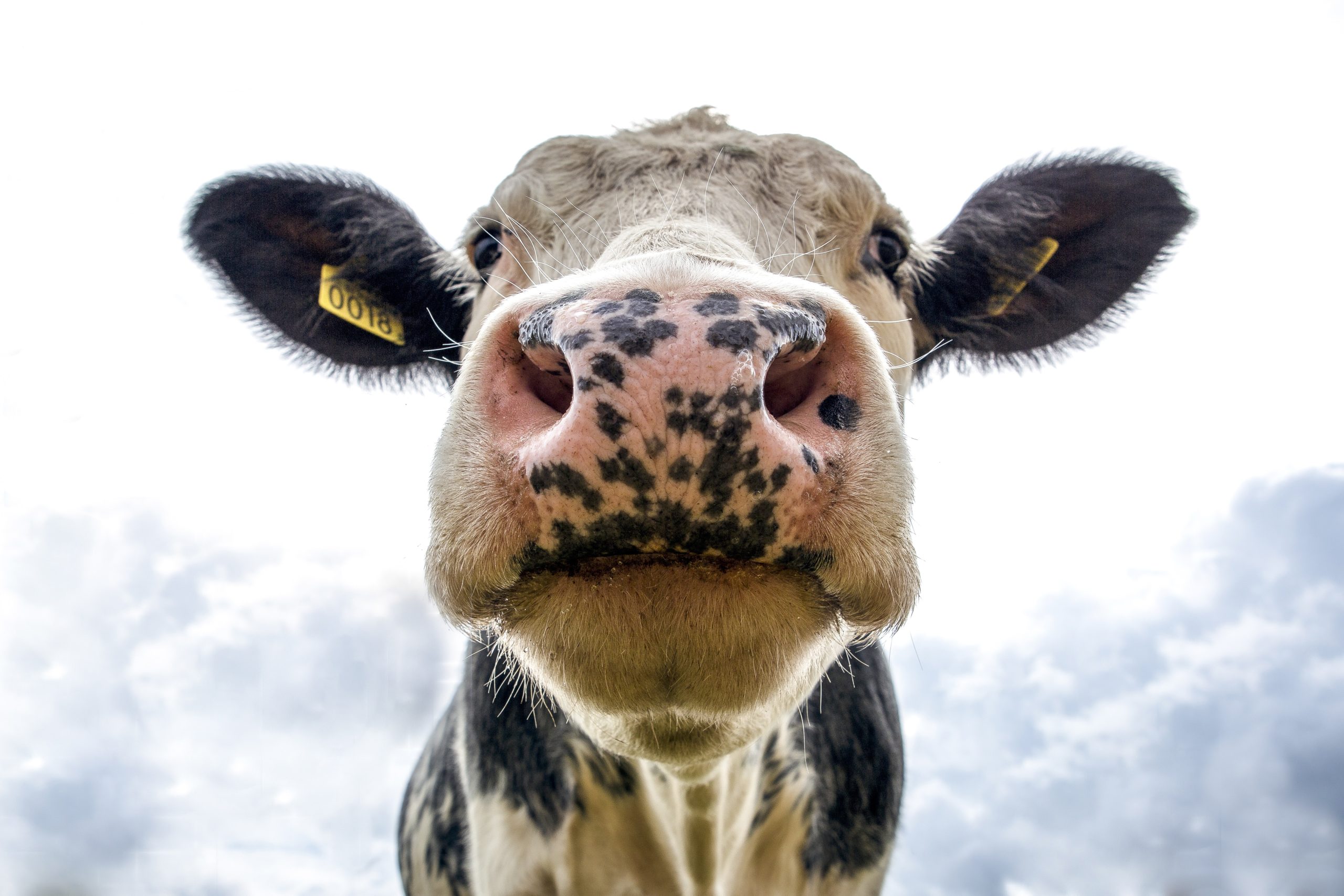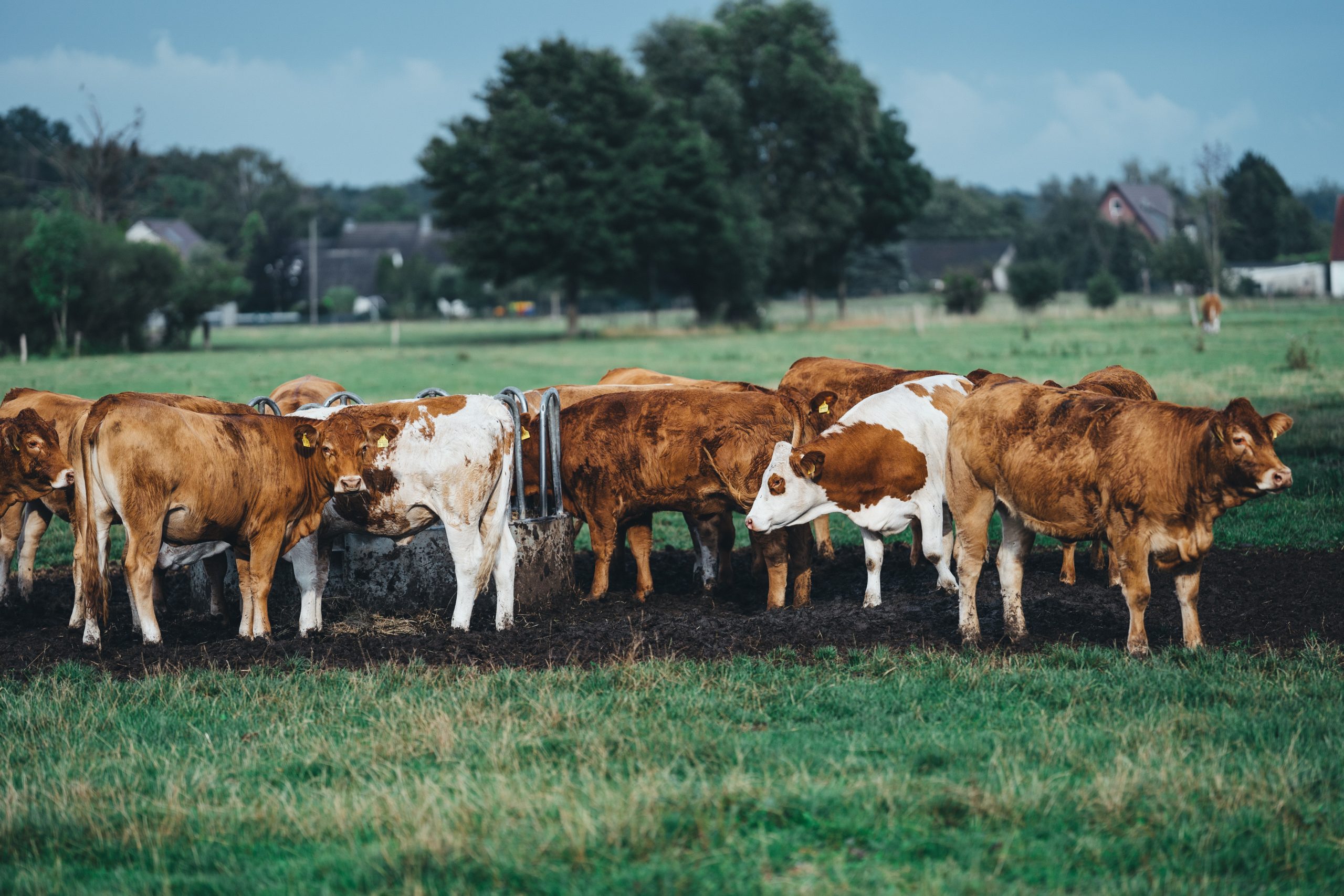The term ‘lumpy jaw’ brings to mind the grossly distorted head and wasted body of a suffering animal. The picture is well known to cattle producers, as cattle of any breed are the most commonly affected animals, although ‘lumpy jaw’ can occur in pigs and horses.
True ‘lumpy jaw’ refers specifically to a condition called Actinomycosis, but in cattle there are other causes of swollen, lumpy jaws.
Cause of lumpy jaw
The cause of lumpy jaw is a bacterium called Actinomyces bovis, however other organisms may invade the lesion. A. bovis is a common inhabitant of the mouths of healthy cattle. It is thought that a sharp object eg. stick, bracken fern, or blackberry punctures the lining of the mouth allowing bacteria to invade the deeper tissues.
The organisms then reach the jawbone where they set up an infection leading to alteration and swelling of the bone. In younger animals erupting baby teeth often leave a pathway for A. bovis to enter the bone. Occasionally infection is found further down the intestinal tract but the cause is the same.
Signs of lumpy jaw
Lumpy jaw develops slowly, over a few weeks or months, and so may not be recognised in the early stages. The first sign is often an enlargement of part of the jawbone. The swelling would be hard, immoveable, possibly painful to touch, and slowly becoming larger. Later it may be discharging a clear, sticky, honey like material containing small granular particles. Because it is painful for affected animals to eat and swallow, they gradually lose condition. There may be an associated swelling of the soft tissues under the jaw, commonly called ‘bottle jaw’.
Lumpy jaw is seen more commonly in younger animals than older ones due to the association with erupting teeth, however it can occur in cattle of any age. It is not directly fatal but most cattle suffering from the disease do fade away, and die from the effects of undernourishment.
If you suspect lumpy jaw seek early Veterinary advice for 2 reasons. Firstly if treatment is to be successful it has to be undertaken early, and secondly the condition may not be lumpy jaw but something else which is more easily cured. Some examples of similar conditions are listed below.
Other conditions which may be confused with lumpy jaw
Grass seed abscesses
Abscesses caused by grass seeds, especially barley grass, are the most common conditions that might be mistaken for lumpy jaw. They can appear as a lump or lumps around the face but rarely occur in the bone. They are usually in the soft tissues and thus can be moved around. They can also usually be cured.
Wooden tongue
The cause of wooden tongue is similar to lumpy jaw in that the surface of the tongue has to be damaged first, allowing invasion by a bacterium (Actinobacillus lignieresii), which is closely related to A. bovis, the cause of lumpy jaw. However, wooden tongue occurs almost entirely in soft tissue and can affect other areas of the head as well as the tongue, manifesting as granulomatous sores and swelling, typically softer than seen in lumpy jaw. The disease has a sudden onset and if the tongue is involved it becomes hard, swollen and painful and often protrudes from the mouth. Early treatment of wooden tongue is usually successful.
Bottle jaw
Bottle jaw is a soft, floppy swelling of the tissues underneath the jaw, which, depending on the cause, can respond if treated correctly. It may be caused by parasites such as worms and liver fluke, and also may be seen in cases of malnutrition, Johnes disease, anaemia, and heart failure.
Cancer
Tumours of the bones of the skull do occur but are rare. A malignant tumour is a notifiable disease in Victoria and DPI Animal Health staff must be informed if it is confirmed.
Foreign bodies
Foreign bodies such as sticks and bones, trapped in the mouth may cause conditions which bear a superficial resemblance to lumpy jaw. Early, close inspection can prevent a lot of long term harm.
Treatment for lumpy jaw
Unless treatment is attempted in the very early stages it is unlikely to be successful. Infections in bones are not common because it is hard for the causative organism to get in, and for the same reason it is hard for antibiotics to reach the damaged area and effect a cure. Iodide solutions given either by mouth or directly into the vein are the treatment of choice but a long course of treatment may be needed to have any chance of success.




